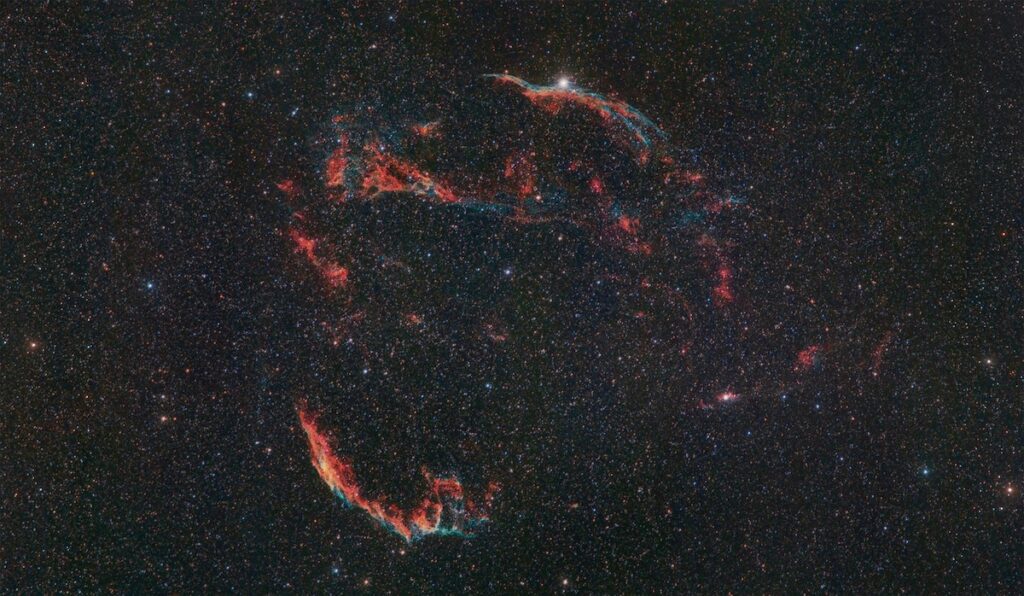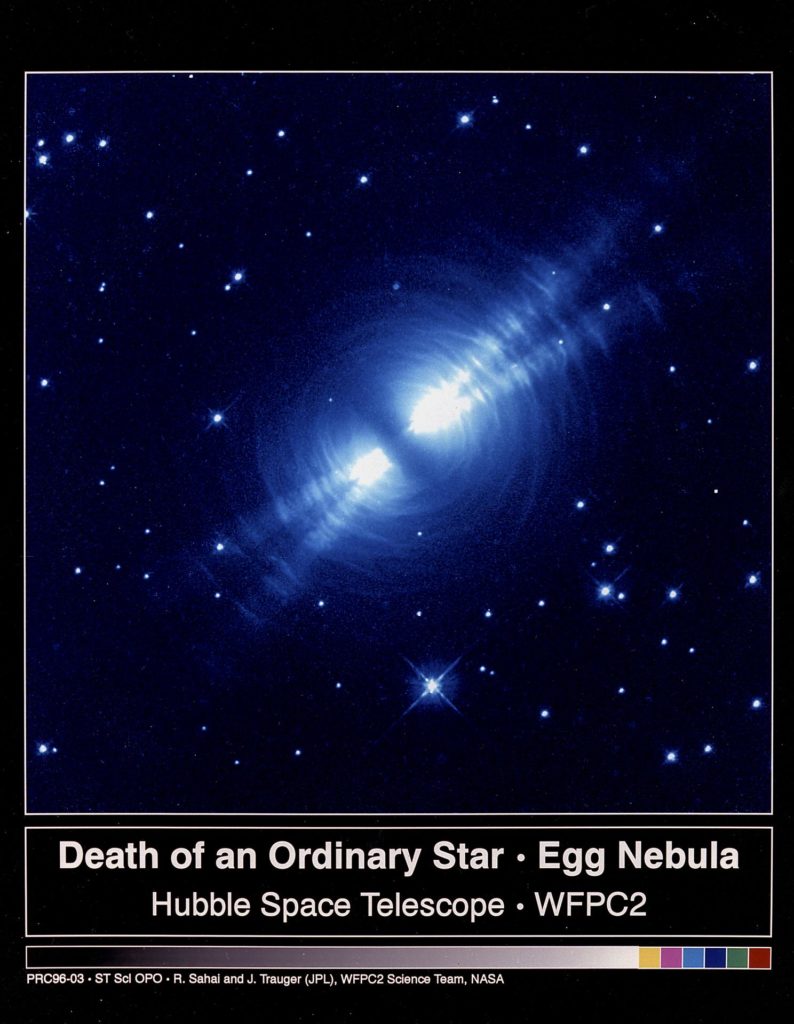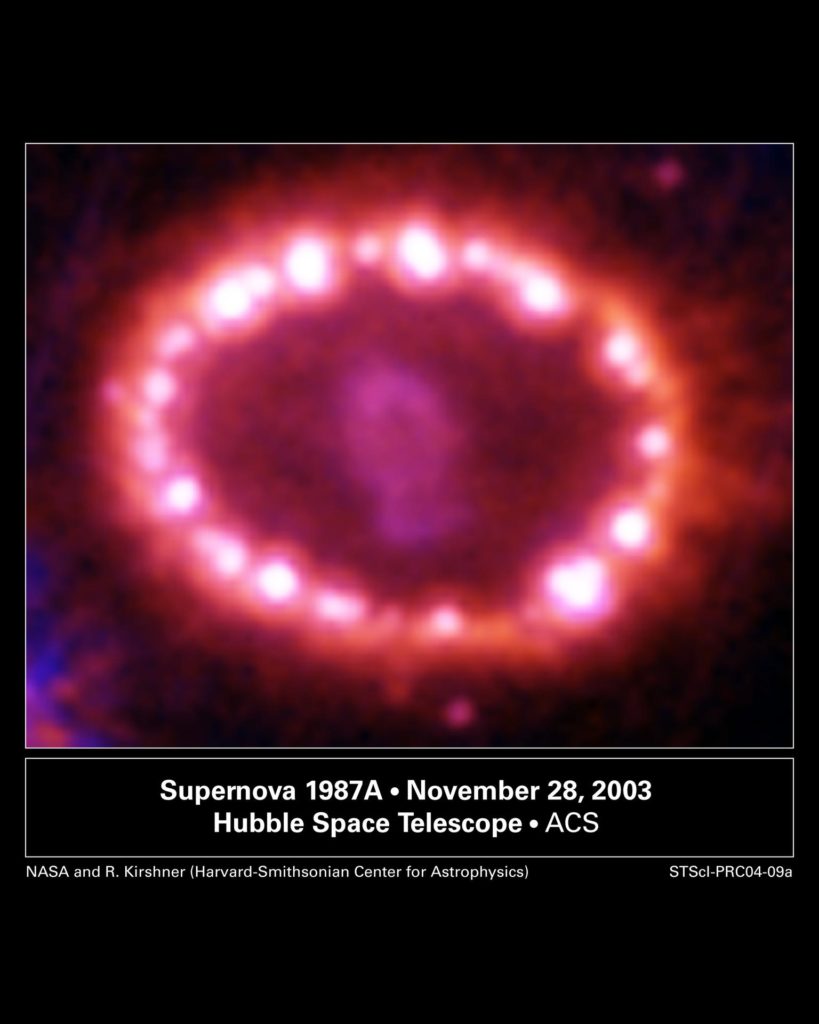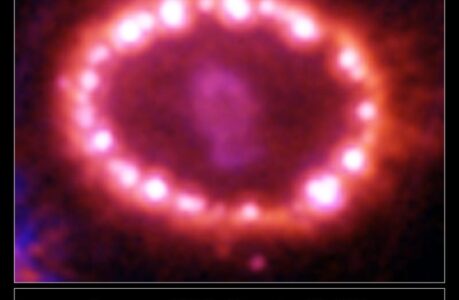Supernovae are massive explosions that occur in stars. They are one of the most powerful and spectacular events in the universe. A supernova is the result of the death of a star, where it collapses in on itself and creates a massive explosion. The explosion releases a massive amount of energy, which is visible from Earth as a bright star. This article will discuss supernovae and how to see them.
Supernovae occur when a star runs out of fuel and can no longer support itself. The star then collapses in on itself, creating a massive explosion that releases a tremendous amount of energy. This energy is visible as a bright star in the sky. There are two types of supernovae: Type I and Type II. Type I supernovae are caused by the collapse of a white dwarf star, while Type II supernovae are caused by the collapse of a massive star.
Supernovae are important because they play a major role in the evolution of the universe. They are responsible for the creation of many elements in the universe, including heavy elements like gold, silver, and lead. They also play a role in the formation of new stars and galaxies. The energy released from a supernova can also trigger the formation of new stars.
There are several ways to see supernovae. The first is to look for bright stars in the sky. Supernovae are usually visible as bright stars that suddenly appear in the sky. They are usually brighter than any other star in the sky and can be seen for several weeks. Another way to see supernovae is to look for supernova remnants. Supernova remnants are the remnants of a supernova explosion and are visible as clouds of gas and dust in the sky.

Another way to see supernovae is to look for supernova explosions. Supernova explosions are bright bursts of light that occur when a star collapses. They are usually visible for a few days and can be seen with the naked eye.
To see supernovae, it is important to have a good understanding of the night sky. Knowing where to look and when to look is important in order to see supernovae. It is also important to have a good telescope or binoculars to see the details of the supernova.
Examples of supernovae
- Supernova 1987A: This was the first supernova that was visible to the naked eye in over 400 years. It was observed in the Large Magellanic Cloud, a satellite galaxy of the Milky Way, and was one of the most studied supernovae in history.
- SN 1006: This supernova was observed in the year 1006 and was one of the brightest objects in the sky for several weeks. It was visible in the daytime and was seen by people all over the world.
- Tycho’s Supernova: This supernova was observed in 1572 and was named after the Danish astronomer Tycho Brahe who studied the event. The remnants of this supernova are still visible today and are known as Tycho’s Supernova Remnant.
- SN 1604: This supernova was observed in 1604 and was one of the brightest objects in the sky for several months. It was seen by many astronomers and was used to study the nature of supernovae.
- Supernova 1993J: This supernova was observed in the galaxy M81 in 1993 and was one of the closest supernova to Earth in recent history. It was observed by many astronomers and was used to study the properties of supernovae.
- SN 2005A: This supernova was observed in the Large Magellanic Cloud in 2005 and was one of the closest supernova to Earth in recent history. It was used to study the properties of supernovae and to understand the processes involved in their explosions.
- Supernova 2014J: This supernova was observed in the galaxy M82 in 2014 and was one of the closest supernova to Earth in recent history. It was used to study the properties of supernovae and to understand the processes involved in their explosions.
These are just a few examples of supernovae that have been observed and studied over the years. Each one has contributed to our understanding of these incredible events and the processes involved in their explosions.
What is the difference between a nova and a supernova
Nova and supernova are two different types of astronomical events that are often confused with each other. Although both are related to stars, they are distinct from one another in terms of their cause, characteristics, and the amount of energy they release.

A nova is a relatively mild explosion that occurs in a binary star system, where one star is a white dwarf and the other is a red giant. The white dwarf steals matter from the red giant, which accumulates on its surface until it reaches a critical density and triggers a thermonuclear explosion. This explosion releases a large amount of energy, causing the star’s brightness to increase significantly for a few days to a few weeks.
On the other hand, a supernova is a much more powerful explosion that occurs when a star runs out of fuel and collapses in on itself. The star’s core collapses to form a neutron star or a black hole, and the energy released from the collapse triggers a massive explosion that releases a tremendous amount of energy. This energy can be visible from Earth as a bright star for several weeks to several months.
In summary, the main difference between a nova and a supernova is the cause of the explosion and the amount of energy released. Novae are milder explosions that occur in binary star systems, while supernovae are massive explosions that occur when a star collapses in on itself.
Are all nebulae related to supernovae?
Not all nebulae are related to supernovae, but some are. Nebulas are vast clouds of gas and dust in space, and they can be formed in various ways. Some nebulae are formed by the explosion of a supernova, while others are formed by the slow release of material from a star over time, such as a planetary nebula.
Supernova remnants are nebulae that are formed by the explosion of a supernova. The explosion releases a large amount of gas and dust into space, which can then form a nebula. These nebulae are visible as clouds of gas and dust in the sky and can contain heavy elements that were created in the explosion.
Planetary nebulae, on the other hand, are nebulae that are formed by the slow release of material from a star over time. They are formed when a star runs out of fuel and its outer layers are expelled into space, creating a cloud of gas and dust.

In summary, not all nebulae are related to supernovae, but some are. Supernova remnants are nebulae that are formed by the explosion of a supernova, while planetary nebulae are nebulae that are formed by the slow release of material from a star over time.
Supernovae are massive explosions that occur in stars and are one of the most powerful and spectacular events in the universe. They play a major role in the evolution of the universe and are responsible for the creation of many elements, including heavy elements like gold, silver, and lead. They also play a role in the formation of new stars and galaxies. To see supernovae, it is important to look for bright stars in the sky, supernova remnants, and supernova explosions. With a good understanding of the night sky and a good telescope or binoculars, anyone can see supernovae and be amazed by their beauty.

